
JeanFouquet was a French painter and miniaturist. A master of panel painting and manuscript illumination, and the apparent inventor of the portrait miniature, he is considered one of the most important painters from the period between the late Gothic and early Renaissance. He was the first French artist to travel to Italy and experience first-hand the early Italian Renaissance.

The Très Riches Heures du Duc de Berry, or Très Riches Heures, is an illuminated manuscript that was created between c. 1412 and 1416. It is a book of hours, which is a Christian devotional book and a collection of prayers said at canonical hours. The manuscript was created for John, Duke of Berry, the brother of King Charles V of France, by Limbourg brothers Paul, Johan and Herman. The book is now MS 65 in the Musée Condé, Chantilly, France.

Simon Bening was a Flemish miniaturist, generally regarded as the last major artist of the Netherlandish tradition.

Pieter Boel or Peeter Boel was a Flemish painter, printmaker and tapestry designer. He specialised in lavish still lifes and animal paintings. He moved to Paris, where he worked in the gobelin factory and became a painter to the king. Pieter Boel revolutionized animal painting by working directly from live animals in a natural setting. He thus arrived at representations of animals showing them in their natural, characteristic poses. He had many followers in France.
Geoffrey Boucicaut, was the brother of the illustrious marshal of France Jean le Maingre. He and his army occupied Avignon in 1398 and started a five-year siege of the Palais des Papes where the Avignon Pope Benedict XIII was, which ended when Benedict managed to escape from Avignon on 12 March 1403 and find shelter in territory belonging to Louis II of Anjou.
Michel Laclotte was a French art historian and museum director, specialising in 14th and 15th century Italian and French painting.
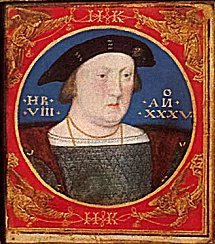
Lucas Horenbout, often called Hornebolte in England, was a Flemish artist who moved to England in the mid-1520s and worked there as "King's Painter" and court miniaturist to King Henry VIII from 1525 until his death. He was trained in the final phase of Netherlandish illuminated manuscript painting, in which his father Gerard was an important figure, and was the founding painter of the long and distinct English tradition of portrait miniature painting. He has been suggested as the Master of the Cast Shadow Workshop, who produced royal portraits on panel in the 1520s or 1530s.
Jacquemart de Hesdin was a French miniature painter working in the International Gothic style. In English, he is also called Jacquemart of Hesdin. During his lifetime, his name was spelt in a number of ways, including as Jacquemart de Odin.

The Turin–Milan Hours is a partially destroyed illuminated manuscript, which despite its name is not strictly a book of hours. It is of exceptional quality and importance, with a very complicated history both during and after its production. It contains several miniatures of about 1420 attributed to an artist known as "Hand G" who was probably either Jan van Eyck, his brother Hubert van Eyck, or an artist very closely associated with them. About a decade or so later Barthélemy d'Eyck may have worked on some miniatures. Of the several portions of the book, that kept in Turin was destroyed in a fire in 1904, though black-and-white photographs exist.
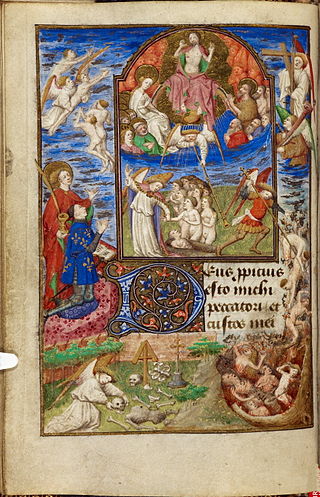
The Dunois Master, also called Chief Associate of the Bedford Master was a French manuscript illuminator believed to have been active between about 1430 and about 1465. His name comes from a book of hours made for Jean de Dunois now in the British Library. He worked in association with the Bedford Master, in whose workshop he seems to have served; scholars consider him to be the most talented of the Bedford Master's assistants. He is usually assumed to have taken over the workshop when the Bedford Master ceased to be active, or to have set up his own with some of the artists. His style is characterized by soft modeling of forms, and a fondness for pale colors and shell gold.

The Hours of Étienne Chevalier is an illuminated book of hours commissioned by Étienne Chevalier, treasurer to king Charles VII of France, from the miniature painter and illuminator Jean Fouquet.
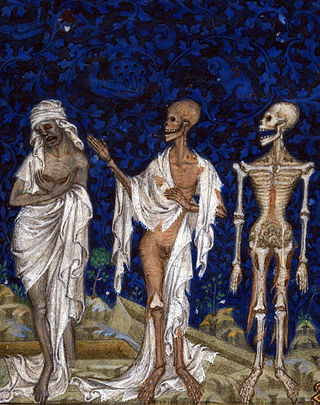
Jean Le Noir was a French manuscript illuminator active in Paris between 1335 and 1380. He was a pupil of Jean Pucelle. His main work is the Psalter of Bonne de Luxembourg.
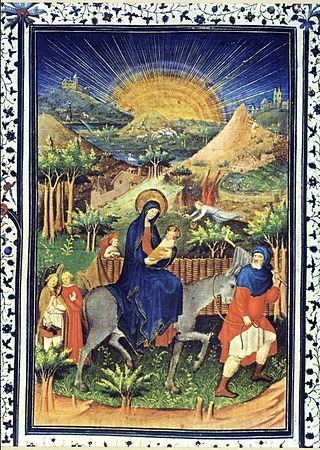
The Hours of Jean de Boucicaut is believed to have been created between 1405 and 1408. It contains the Paris Liturgy of the Hours. While characterized by typical Parisian styles of illumination, some illustrations in the manuscript are quite innovative. This manuscript contains 44 miniatures by the Boucicaut Master, possibly within the assistance of students, and is now in the Musée Jacquemart-André, Paris, ms. 2. The Boucicaut Master experimented with perfecting aerial perspective and with his works established the precedent of historically portraying biblical scenes. Jean de Boucicaut, who was a Marshal of France, commissioned the book as a tool of daily devotion. The illuminated pages correspond to events in Marshal Jean de Boucicaut's life as well as incorporating biblical figures with whom he identifies.
Jacques Coene was a Flemish painter, illustrator, and architect. He worked in Belgium, France, and Italy. In 1399, he worked in the building of Milan Cathedral. He apparently had commissions from John, Duke of Berry and Philip the Bold.
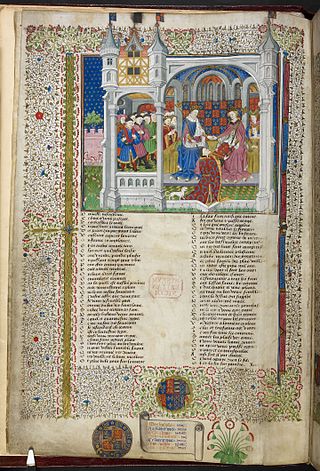
The Talbot Shrewsbury Book is a very large richly-illuminated manuscript made in Rouen (Normandy) in 1444/5. It was presented by John Talbot, 1st Earl of Shrewsbury to the French princess, Margaret of Anjou, in honour of her betrothal to King Henry VI. It contains a unique collection of fifteen texts in French, including chansons de geste, chivalric romances, treatises on warfare and chivalry, and finally the Statutes of the Order of the Garter. The work is an excellent example of book production in Rouen in the mid-fifteenth century and provides a rare insight into the political views of the English military leader and close confidant of the crown, John Talbot.

The Pseudo-Jacquemart was an anonymous master illuminator active in Paris and Bourges between 1380 and 1415. He owed his name to his close collaboration with painter Jacquemart de Hesdin.
Antoine Philippe De Schryver (1924–2005) was a Belgian art historian and professor at the University of Ghent, where he lectured on History of Book Illumination. He was specialized in the field of illuminated manuscripts in the Southern Netherlands, 15th century painting, and artists at the Burgundian Court.

Étienne Colaud was a French illuminator and book dealer, active in Paris between 1512 and 1540. A number of surviving archives indicate that he was based on the Île de la Cité, close to the cathedral of Notre-Dame, and that other family members also worked in the book trade. His clientele came from leading families of the time, including great land owners, top prelates, and even the king himself. Using a Book of hours that carries his name, scholars have attributed approximately twenty manuscripts to him by analysing the techniques and style applied. There are also a number of religious books, translations into French from Latin or Italian, chivalric narratives and illuminated texts. Étienne Colaud's style is strongly influenced by his near contemporary, the Parisian illuminator Jean Pichore, but his work indicates that he was also networked with virtually every other Paris book-artist of the period.

Joseph-Marie-Antoine Delaville Le Roulx was a French historian whose speciality was the Knights Hospitaller. He was a knight of the Sovereign Military Order of Malta.
The Master of Cardinal de Bourbon was an anonymous master illuminator active in France between 1470 and 1500. His name was inspired by the manuscript evoking the life and miracles of Saint Louis, illuminated for the cardinal and archbishop of Lyon, Charles II de Bourbon. Little is known about his career, which is largely based on conjecture. Born in Flanders, he trained in the orbit of the Master of Margaret of York's group in the Bruges region. He may have passed through Rouen in the 1470s, before settling in Paris in the 1480s, where he illuminated a large number of manuscripts for relatives of King Louis XI. It has been suggested that he was identified with Guérard Louf, a painter and sculptor from Utrecht who settled in Rouen, but this identification has since been called into question.















